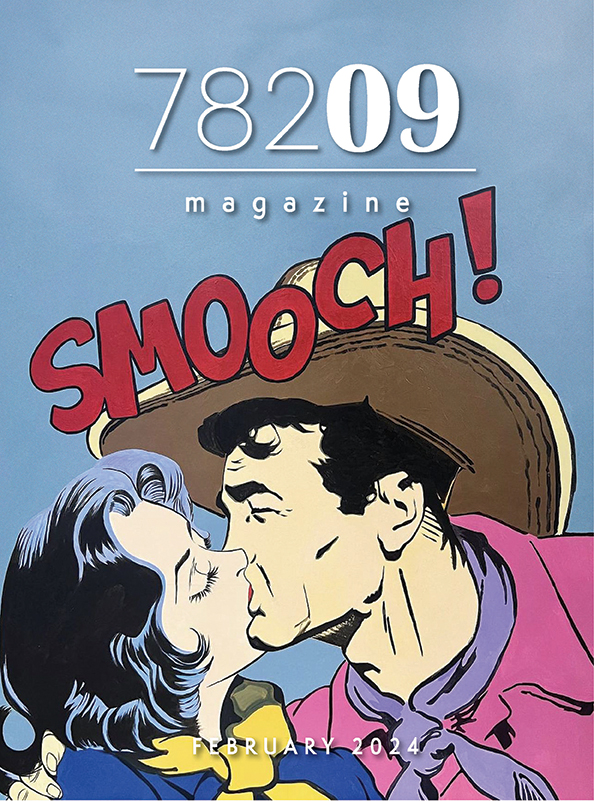From the American Kennel Club
Know which venomous snakes are common in your area, or in an area that you’re planning to visit with your dog. Clear your yard of fallen logs, trash, and deep leaf litter. Don’t let your dog stick their head in holes, bushes, or tall grasses. Snakes are more active after dark and in warm weather, so keep your dog inside after dusk when you know venomous snakes are in the area. Rattlesnakes and copperheads prefer dryer areas, and water moccasins prefer wet areas, so be mindful of the different environments your dog likes to play, sniff, splash, or walk in when you’re outdoors in an area known to have venomous snakes.
Snakes frequent areas where they can find food. Popular prey for snakes are mice, rats, squirrels, and rabbits, so the more inhospitable your yard is to these animals, the less inviting your yard will be to snakes. You could also take steps to attract owls or hawks to nest on your property to help deter snake prey and snakes themselves. (Just know that birds of prey have their own considerations when keeping small dogs or puppies safe.)
Snake repellents (including commercial powders, liquids, and noisemakers, as well as home remedies like mothballs) are ineffective. Snake aversion training for dogs is available, especially in areas with high numbers of venomous snakes. If you live in an area where venomous snakes are a grave concern, you may want to learn how snake aversion training works by consulting a professional trainer who specializes in it to decide if it’s something you wish to consider.
Signs of Venomous Snakebite in Dogs
Besides possible wounds, dogs can exhibit several other signs of snakebite. Venomous snakebites are extremely painful. While some dogs are very stoic and will hide their pain, others may react by crying and hiding. Very often they will vomit and have diarrhea soon after the bite. Swelling may appear within minutes, followed by bruising. But either could also come on more slowly.
Can I Treat My Dog’s Venomous Snakebite With First Aid?
No. If your dog was bitten by a venomous snake, the only thing you can do is remove the dog’s collar, keep your dog calm, and head to the closest emergency vet that has antivenom. If you are hiking, carry your dog to your car if you’re able to. If possible, have somebody meet you along the trail to pick you up.
If you saw a common non-venomous snake (like a garter snake or a ribbon snake) bite your dog, you should still contact your vet, as even non-venomous snake bites can become infected if left untreated. If you’re unsure at all if the snake was venomous, you should contact your vet immediately.
For more information, visit akc.org





